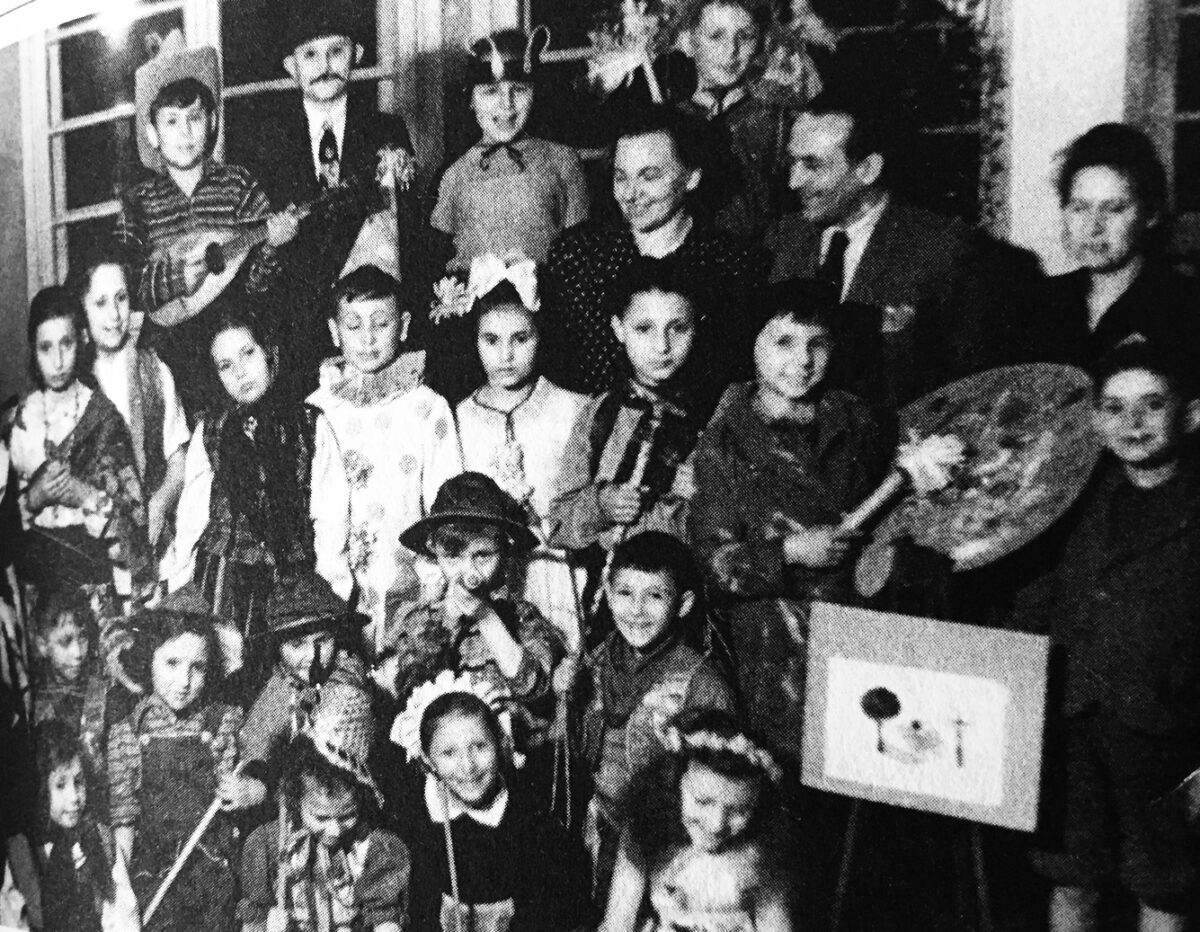Poland emerged broken and destitute from the ashes of World War II. Six million of its inhabitants, Jews and Catholics alike, had been murdered or had died during the German and Russian invasions of September 1939. Several of its cities, notably Warsaw and Wroclaw, had been virtually destroyed.
Polish journalist Magdalena Grzebalkowska offers an impressionistic snapshot of this shattered nation in Poland 1945: War and Peace, published by the University of Pittsburgh Press. She provides readers with personal accounts of how ethnic Poles and members of Poland’s national minorities — Jews, Germans and Ukrainians — wrestled with adversity and struggled for renewal after the torment of the Nazi occupation.
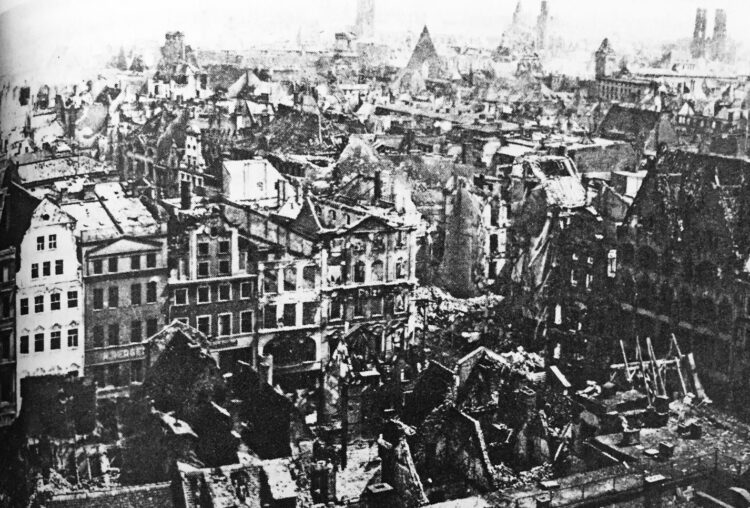
With law and order having collapsed after Germany’s ignominious retreat from Poland, a rash of looting broke out. Grzebalkowska, a reporter on the staff of one of Poland’s largest newspapers, Gazeta Wyborcza, writes, “From Suwalki, from Bialystok, from Warsaw, Rzeszow and Krakow. All of Poland is looting. Poles plunder villages and cities, country shacks and manors, apartment houses and offices, churches and museums, warehouses and train stations.
Looters, selling, swapping or keeping stolen goods, hailed from all social classes. “Prewar criminals, the unemployed, workers, peasants, teachers, clerks, housewives and high-society ladies, Polish and Soviet soldiers.”
The liquidation of ghettos, into which Jews had been driven by the Nazis, were the first places to be looted by Poles. But the greatest wave of looting took place immediately after Poland’s liberation, when the Polish government was incapable of feeding, clothing and housing the mass of Poles.
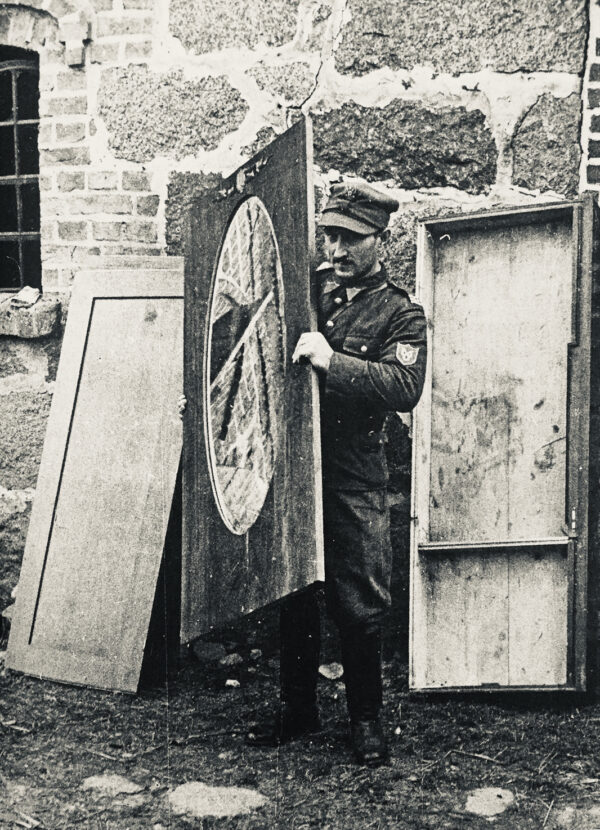
In mid-November 1945, the prime minister of the pro-Soviet provisional government, Edward Osobka-Morawski, issued a circular condemning looting. Russian soldiers ignored the order. “The looting is official. Special units are formed within the Red Army to manage the confiscation of property,” she says.
Entire factories, turbines from power plants, and clocks from church towers were dismantled and removed. Train tracks were ripped up and hauled away.
Amid the chaos, the provisional government, based in the eastern city of Lublin, considered the possibility of moving the capital to Lodz — the center of the prewar textile industry — and leaving Warsaw in ruins so that future generations would remember it as a symbol of Nazi barbarity. But acceding to the wishes of the Soviet Union, a decision was taken to rebuild Warsaw and proclaim it as the capital of Poland.
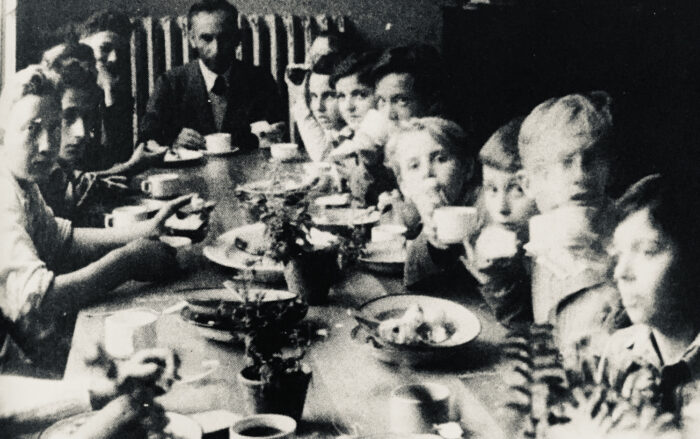
Polish Jews who survived the Holocaust in Poland began to emerge from hiding shortly after the war ended. Anywhere from 30,000 to 150,000 Jews survived, including 5,000 children and teenagers.
A search was undertaken to find Jewish children who had been hidden by Polish families and nuns in convents. Sometimes, foster Polish mothers who had given away a Jewish child to a children’s home had regrets and demanded his or her return.
Some of the children reclaimed by the Jewish community were cared for by a children’s house in the town of Otwock. Its director, Luba Bielicka-Blum, made it through the Holocaust with false identity papers. A Bundist, she believed the future of Polish Jews was in Poland. “To her, Zionists who wanted to go to Palestine and build Israel were dreamers,” Grzebalkowska writes.
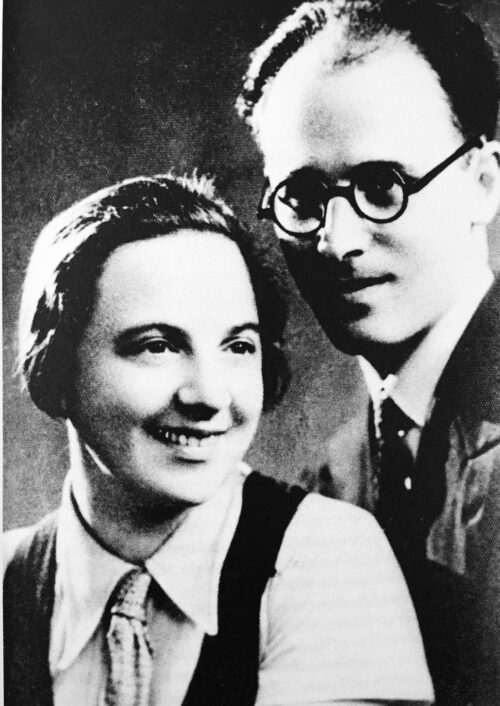
Polish attitudes toward Jews could be devilishly complex. During the German occupation, a Polish priest Grzebalkowska mentions in passing helped Jews by various means. But after the war, he denounced Jews by linking them to communism.
Ethnic Germans often fared badly in postwar Poland. Many, evicted from their apartments, were forced to emigrate. Before they were expelled, they made themselves useful by removing rubble, toiling at demolition sites, working as streetcar conductors, operating machinery in factories and delivering mail.
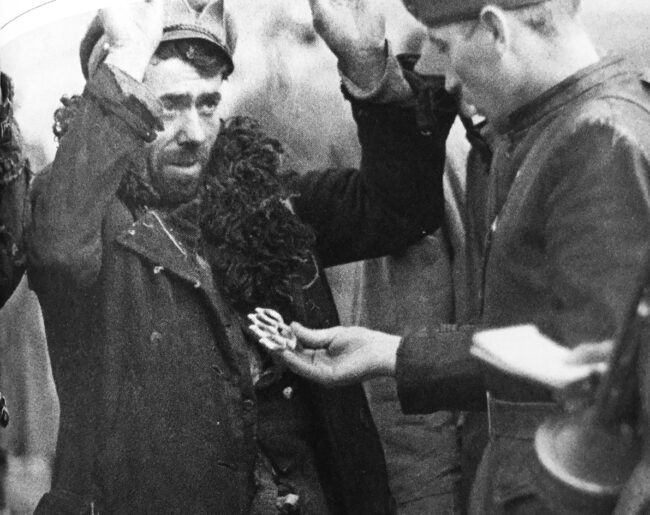
Tensions between Poles and Ukrainians boiled over as Ukrainian partisans in eastern Poland roamed the countryside and clashed with Polish soldiers. Grzebalkowska cites a few examples of the sectarian violence that flared in those dark days.
Poland was a chaotic work in progress in 1945, as Grzebalkowska demonstrates in this accessible book that sheds light on an historically tortured country that was devastated by war.
